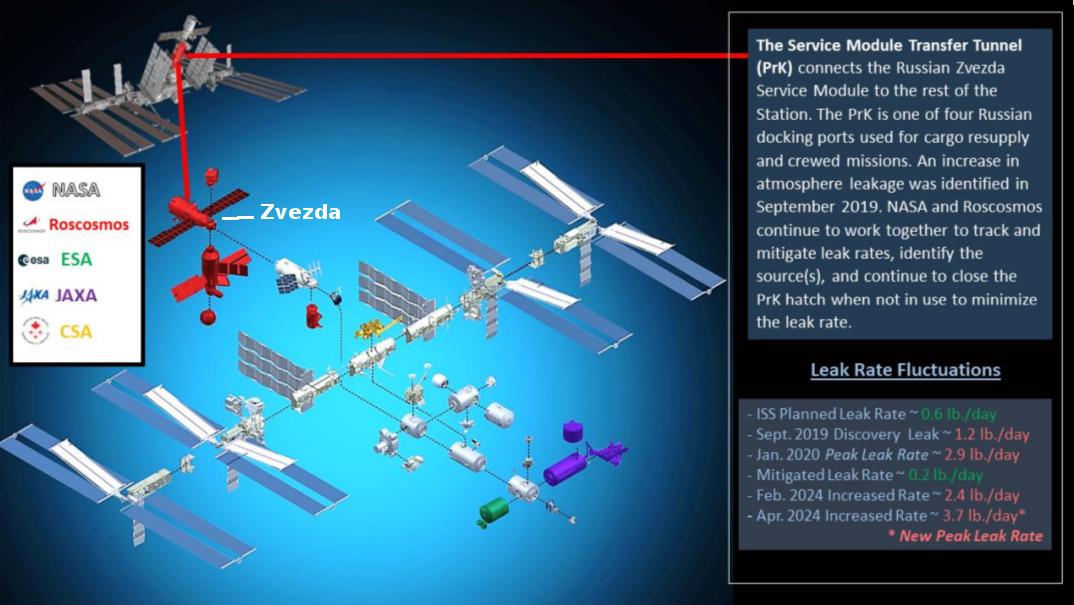Rocket startup ABL abandons its effort to build a rocket
The rocket startup ABL, which had one failed launch attempt and a second failure during a static fire test, announced yesterday in a long tweet on X that it is abandoning its effort to build a rocket and will instead use its assets to provide products to the military.
[W]e have made the decision to focus our efforts on national defense, and specifically on missile defense technologies. We’ll have more to share soon on our roadmap and traction in this area. For now, suffice to say we see considerable opportunity to leverage RS1, GS0, the E2 engine, and the rest of the technology we’ve developed to date to enable a new type of research effort around missile defense technologies.
In other words, they are repurposing their RS1 rocket for missile technology.
The company’s announcement claims this decision is partly because the competition from established companies diminished its opportunity to gain market share, but I think its real problem was twofold. First, failure breeds failure. ABL’s rocket failures, combined with its very slow response after each failure, probably caused a shrinkage in investment capital. For example, one of its biggest investors had been Lockheed Martin, which had signed ABL up for a big launch contract. ABL’s failure to get its rocket off the ground however had Lockheed switch rocket companies, signing a new launch deal with Firefly in 2024. ABL had thus lost its biggest customer.
Second, as a new company with a rocket under development, it probably faced heavy regulatory burdens getting new launch licenses. The FAA under its “steamlined” Part 450 regulations probably required new license applications every time the company realized it needed to redesign something, and that red tape made it difficult to move forward.
In any new industry one must expect a shake-out to occur whereby many of the startups fail or get absorbed by others. This is natural. It is unfortunate however that government regulation has become an unnecessary and unnatural factor in this shake-out.
The rocket startup ABL, which had one failed launch attempt and a second failure during a static fire test, announced yesterday in a long tweet on X that it is abandoning its effort to build a rocket and will instead use its assets to provide products to the military.
[W]e have made the decision to focus our efforts on national defense, and specifically on missile defense technologies. We’ll have more to share soon on our roadmap and traction in this area. For now, suffice to say we see considerable opportunity to leverage RS1, GS0, the E2 engine, and the rest of the technology we’ve developed to date to enable a new type of research effort around missile defense technologies.
In other words, they are repurposing their RS1 rocket for missile technology.
The company’s announcement claims this decision is partly because the competition from established companies diminished its opportunity to gain market share, but I think its real problem was twofold. First, failure breeds failure. ABL’s rocket failures, combined with its very slow response after each failure, probably caused a shrinkage in investment capital. For example, one of its biggest investors had been Lockheed Martin, which had signed ABL up for a big launch contract. ABL’s failure to get its rocket off the ground however had Lockheed switch rocket companies, signing a new launch deal with Firefly in 2024. ABL had thus lost its biggest customer.
Second, as a new company with a rocket under development, it probably faced heavy regulatory burdens getting new launch licenses. The FAA under its “steamlined” Part 450 regulations probably required new license applications every time the company realized it needed to redesign something, and that red tape made it difficult to move forward.
In any new industry one must expect a shake-out to occur whereby many of the startups fail or get absorbed by others. This is natural. It is unfortunate however that government regulation has become an unnecessary and unnatural factor in this shake-out.






